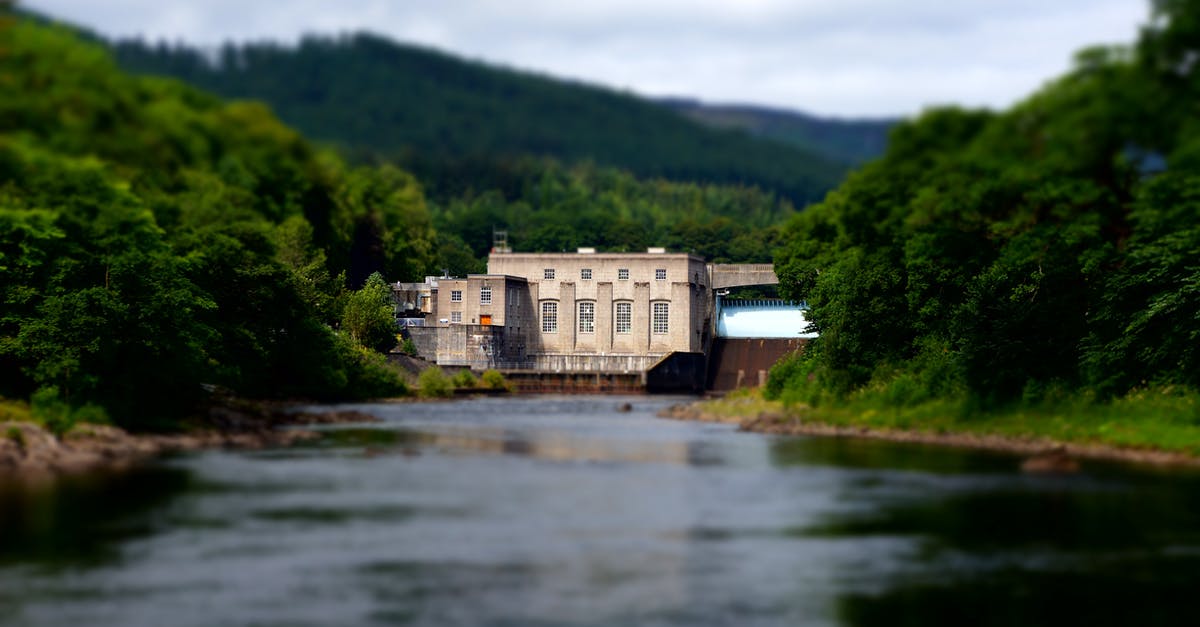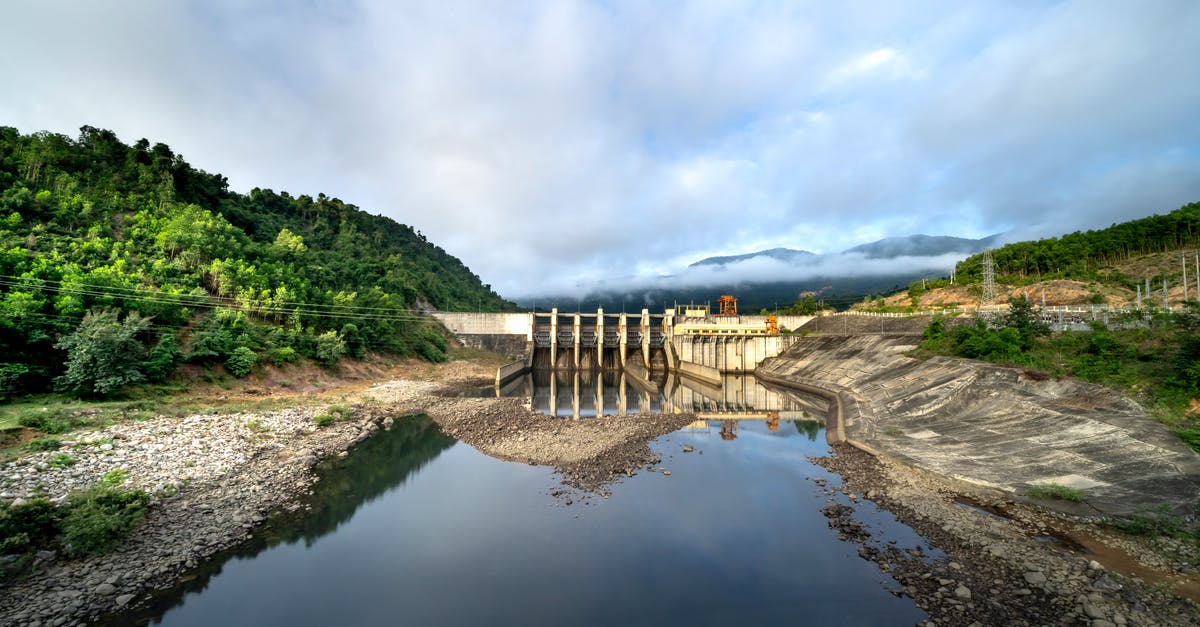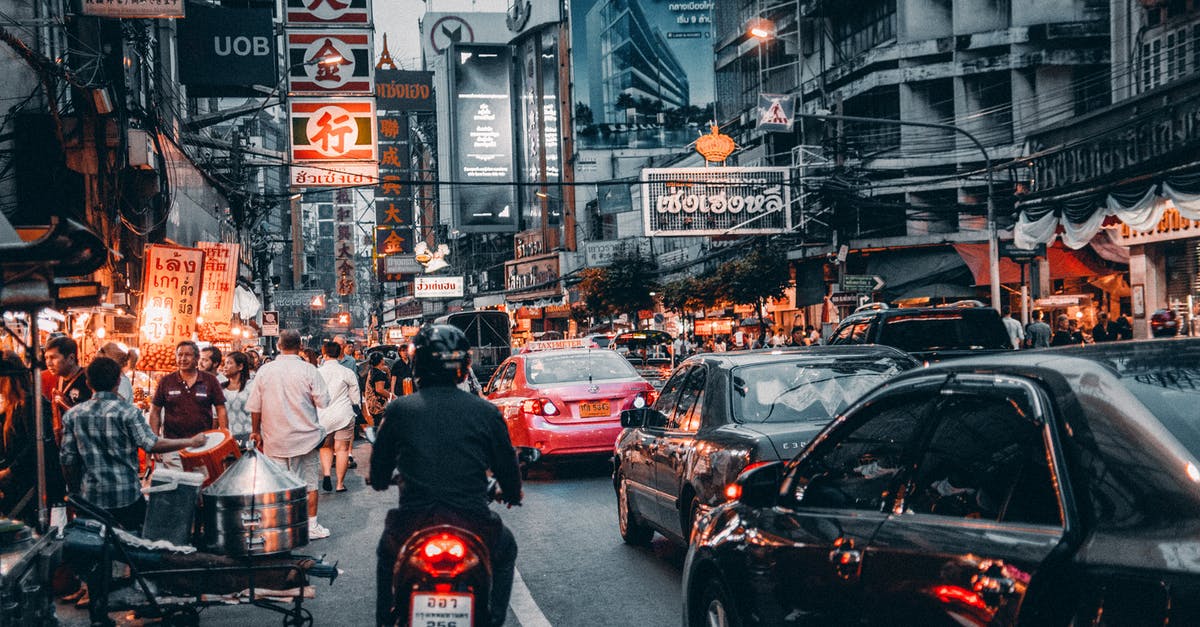Why doesn't Chinatown have any dam alternatives?

One important plot element in Chinatown is the proposed construction of a dam, to create a new reservoir to supply water to drought-afflicted Los Angeles.
Hollis Mulwray, Chief of the Department of Water & Power -- and, the man who would be responsible for overseeing the construction of the dam -- is opposed to the project. His reason is that the proposed design is not sound, and he says so, just 8 minutes into the film:
In case you've forgotten, gentlemen, over 500 lives were lost when the Van Der Lip Dam gave way. Core samples have shown that beneath this bedrock is shale similar to the permeable shale in the Van Der Lip disaster. It couldn't withstand that kind of pressure. And now you propose yet another dirt-bank terminus dam, with slopes of 2½-to-1, 112 feet high, and a 12,000-acre water surface. It won't hold. I won't build it, it's that simple. I'm not going to make the same mistake twice.
I'm not a civil engineer, but I assume there are other kinds of dam, and other construction materials. As just one example, the Hoover Dam is a concrete arch-gravity dam, and was finished in 1936, one year prior to the film's events. As a second, unusually relevant example, the St Francis Dam, which is generally considered to be the real-life inspiration for the fictional Van Der Lip Dam, was itself a concrete arch dam. It's just not the case that "dirt-bank" is the only option on the menu.
This maybe seems like a nit-pick, unworthy of this masterpiece of a film, but if Mulwray's only objection to the dam project is that this specific design will fail, why wouldn't he pursue some other design instead? Is there a reason that wouldn't be an option? I mean, all the irate ranchers and cattlemen who heckle him would probably be fine with it if he simply insisted on a safer design, even if it came with a different price tag.
As we learn over the course of the movie, the villain would have known that Hollis Mulwray was a smart engineer whose technical opinion was reliable. I'd argue this is confirmed twice in the film:
First, in a conversation at the 58-minute mark, between Evelyn Mulwray & Gittes, when she fills out the "Van Der Lip" backstory:
Hollis and [the villain] had a falling-out, finally. ... Actually, it was over the Van Der Lip Dam. You know, the dam that broke? Hollis never forgave [the villain] for... talking him into building it.
Second, in the film's penultimate scene, around the 2h02m mark, when Gittes confronts the villain, who then reminisces about Hollis's genius:
When we first come out here, he [Hollis] figured if you dumped water into the desert sand and let it percolate down to the bedrock, it would stay there instead of evaporate like it does in most reservoirs. You'd only lose twenty percent instead of seventy or eight. He made this city.
Finally, as is revealed no later than 1h13m, the villain's ultimate plan actually requires the dam project to be successful, because:
the drought was manufactured as a pretext to convince the public to finance an otherwise-unnecessary expansion of the city's water supply, which Noah Cross understood was a prerequisite for making profitable his secret, massive land-grab in the northwest valley
That is, if the dirt-bank terminus design gets rammed-through over Mulwray's objections, and then fails as Mulwray predicts based on history and science, the villain's plan will surely fail.
Best Answer
Remember that the villain is a long-term visionary who doesn't want to buy creature comforts, but rather "the future, Mr. Gittes, the future." His scheme involves not beating the existing game, but rather re-writing the game entirely:
He manufactures a drought for L.A. by diverting water out of the reservoir into the ocean, ensuring that residents will vote for the $10M bond issue to build a new aqueduct and reservoir.
Simultaneously, he manufactures a drought for the San Fernando valley and sends agents to harass the farmers there, depressing the land prices so that plots can be bought cheaply.
Finally, "either you bring the water to L.A. or L.A. to the water" -- once the dam and aqueduct are built, incorporate the Valley into the city, greatly increasing the values of the property there that was bought cheaply.
From this, we can surmise that it doesn't matter whether the dam eventually fails, because if and when it does...
- The villain will probably have already turned a profit by selling off the tracts of land that he's acquired in the Valley, and
- The expanded, modern L.A. will (as a matter of political necessity) take further steps to ensure its water supply by building a newer, more stable dam.
What does matter for the villain, at the beginning of the movie, is getting that bond issue passed. We can surmise that the unsafe dam design that Mulwray opposes is considered affordable enough that L.A.'s voters will approve it (i.e. a $10M bond issue will pass, but a $20M issue won't). Alternatively, we can surmise that other designs would take too long to build. Or, we can surmise that no dam can be built safely on the chosen site.
Pictures about "Why doesn't Chinatown have any dam alternatives?"



Kelly Clarkson - Stronger (What Doesn't Kill You) [Official Video]
Sources: Stack Exchange - This article follows the attribution requirements of Stack Exchange and is licensed under CC BY-SA 3.0.
Images: Pixabay, Quang Nguyen Vinh, suzukii xingfu, Ketut Subiyanto
